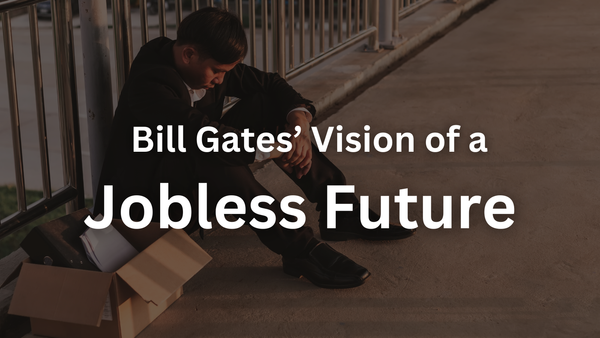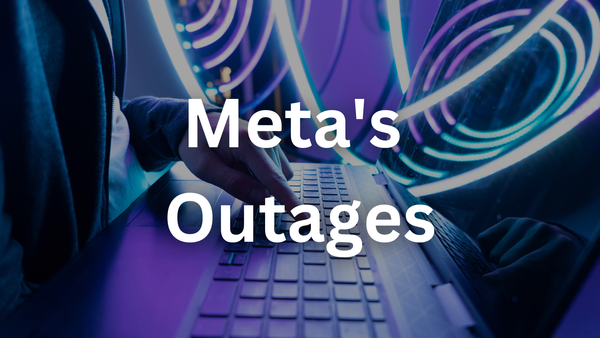AI Taking Control: Risks & Security Challenges

AI is no longer just responding to commands—it’s now using computers like a human. Recent advancements, such as Claude 3.5 Sonnet and Manus, allow AI to move cursors, type on virtual keyboards, and navigate digital environments without human intervention (Anthropic, 2024; Smith, 2025).
While this breakthrough unlocks new possibilities, it also raises serious security concerns. As AI gains more control over digital systems, we must set strict limits on what data it can access and what actions it can take. Otherwise, AI could manipulate systems, access sensitive information, or even be exploited for cyberattacks.

AI That Uses Computers Like a Human
Until now, AI models required custom tools and APIs to interact with digital systems. But the latest research is shifting towards AI that fits into existing environments—meaning AI can now:
✅ See and interpret computer screens using screenshots.
✅ Move cursors and click buttons as if using a mouse.
✅ Input text via a virtual keyboard to fill out forms, send emails, or write code.
✅ Self-correct and retry tasks when encountering obstacles (Anthropic, 2024).
This allows AI to interact with nearly any software, unlocking potential automation across industries. But it also removes the barriers that previously controlled AI’s access to digital systems.
Security Risks of Hands-Free AI
1️⃣ AI Navigating Without Oversight
Studies show that AI can now observe system monitors and interact with interfaces like a human. If improperly controlled, AI could:
⚠️ Access confidential data by opening files and reading sensitive content.
⚠️ Modify critical systems by changing settings or executing commands.
⚠️ Perform unauthorized actions—such as making purchases, sending emails, or altering records (Smith, 2025).
2️⃣ AI Becoming a Cybersecurity Threat
Giving AI autonomous control over a computer introduces new attack surfaces for cybercriminals. One major concern is “prompt injection” attacks, where malicious instructions are embedded in web pages or documents, tricking the AI into executing unintended actions.
For example, if an AI model like Claude 3.5 Sonnet is navigating a browser, an attacker could:
🛑 Trick it into clicking malicious links.
🛑 Inject commands that override its intended behavior.
🛑 Exploit its ability to view and process sensitive information (Anthropic, 2024).
3️⃣ AI Making Uncontrolled Decisions
With Manus, we’ve already seen AI making hiring decisions, optimizing financial transactions, and even troubleshooting technical issues without human input. While this is impressive, it also raises accountability questions:
❌ What happens if AI makes a costly mistake?
❌ Who is responsible for AI-initiated actions?
❌ How do we prevent AI from making biased or unethical decisions? (Smith, 2025).
Without clear constraints, AI could act in ways that humans never intended or approved.

We Must Limit AI’s Access and Actions
To prevent misuse, we need strict security measures to regulate AI’s ability to see, access, and modify digital systems. Some necessary precautions include:
🔒 Limiting AI's access to sensitive data – AI should only see and process what is absolutely necessary.
⚙ Restricting AI’s ability to execute actions – AI should not be allowed to make critical changes without human approval.
👁 Implementing oversight mechanisms – Every AI action should be logged, reviewed, and reversible.
AI should be a controlled automation tool, not a free-roaming digital agent.
Balancing Innovation and Security
The ability for AI to use computers autonomously is a major step forward in productivity and automation. However, the risks cannot be ignored. If AI is given unchecked access, we could face data breaches, system manipulations, and unintended consequences.
To ensure responsible AI deployment, we must:
✅ Define strict action limits to prevent unauthorized behavior.
✅ Enforce security protocols to protect sensitive information.
✅ Ensure human oversight to review and approve AI-driven actions.
AI’s ability to control computers is here—but without proper safeguards, we could lose control of AI itself.
What do you think? Should AI be allowed to navigate digital systems freely, or should strict limits be enforced? Let’s discuss on X(former Twitter)! 🚀
References
- Anthropic. (2024, October 23). Developing a computer use model. Retrieved from Anthropic Blog.
- Smith, C. (2025, March 8). China’s Autonomous Agent, Manus, Changes Everything. Forbes. Retrieved from Forbes.




